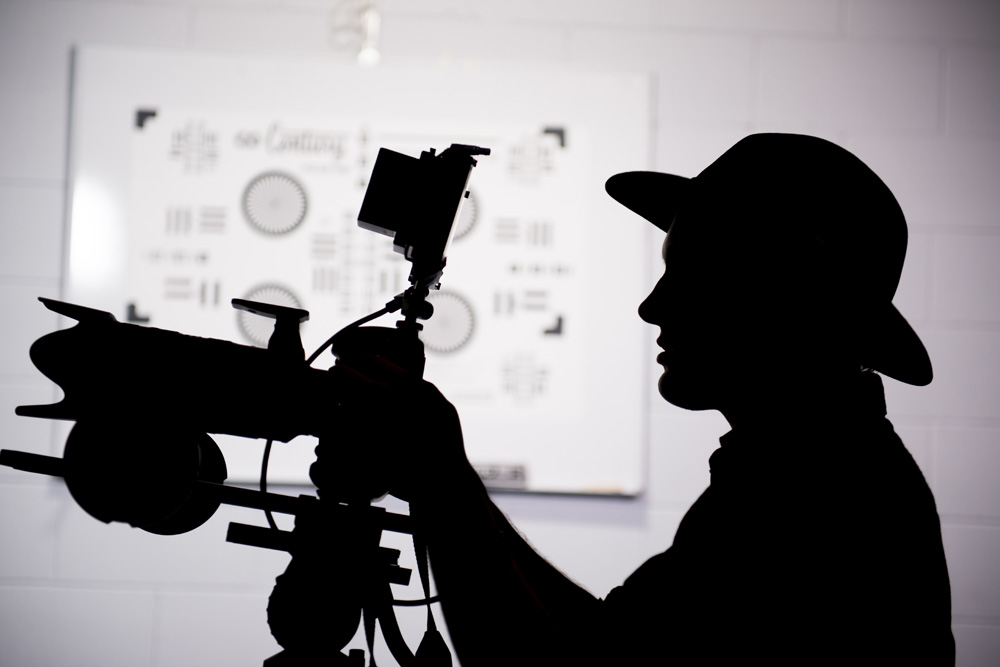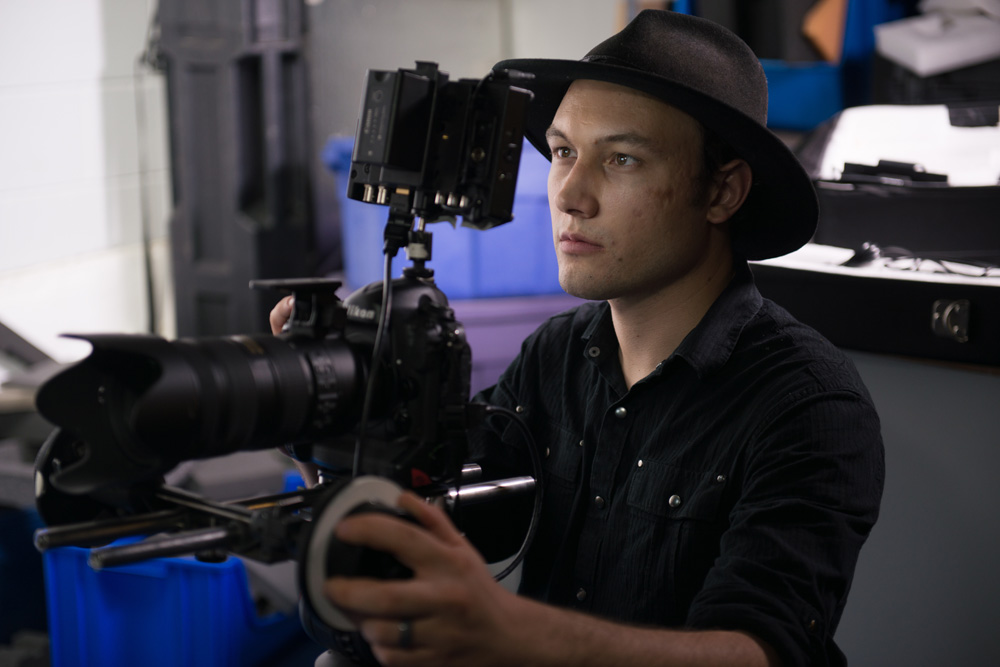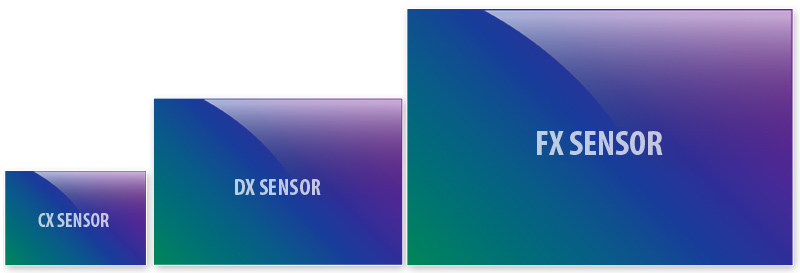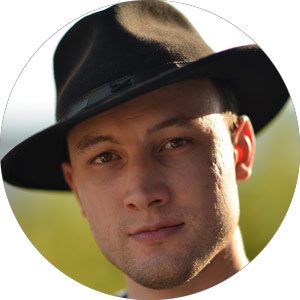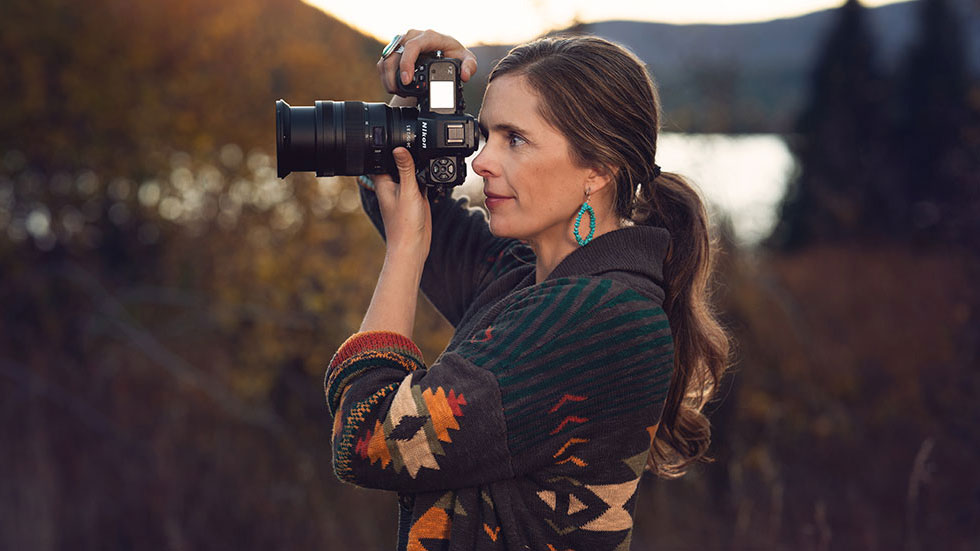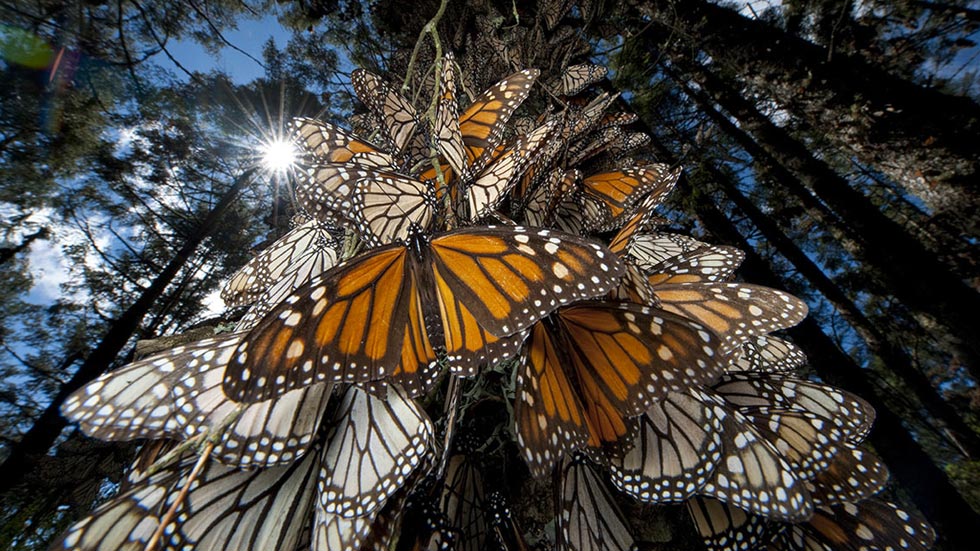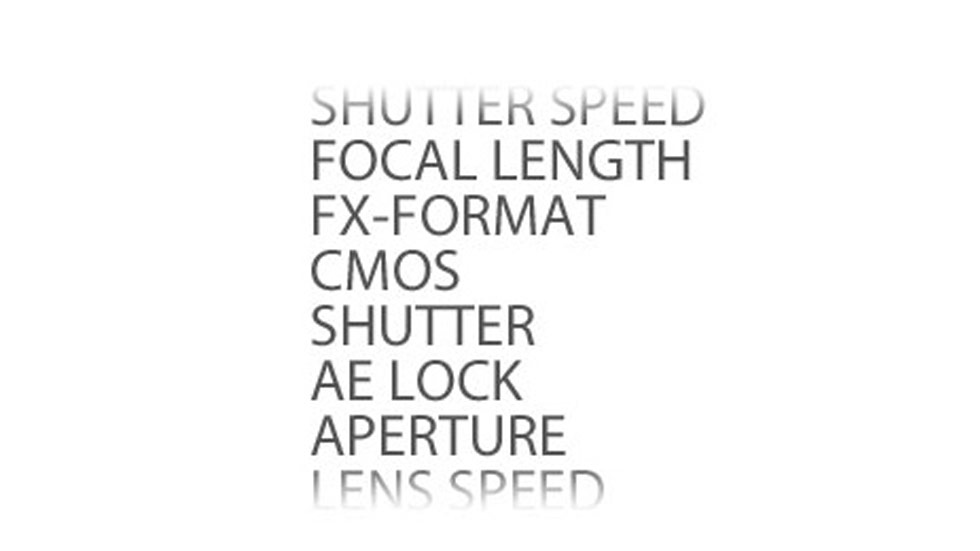Lens Selection & Focus Technique for DSLR Video – Part 2
Nikon CX / DX / FX Frame Sizes & Crop Modes - Increase DOF by switching shooting modes, from FX to DX to CX.
Tips for Getting Sharp Focus for Still and Moving Subjects
“In film, focus is critical not just from the technical aspect, but also as a storytelling tool,” shares Skyler Proctor, a Nashville, Tennessee-based director of photography who has worked on more than 100 films, documentaries, music videos and commercials.
Proctor has viewed many, many films. He enjoys critically analyzing and studying the role that focus and sharpness play in each.
Proctor singles out two motion pictures where focus technique(s) significantly contribute to overall storyline and impression. Start by examining the 2010 British historical production, “The King’s Speech.” This motion picture boasts masterfully executed focus pulls. Proctor notes, “The focus pull technique occurs subtly throughout–the result being not obvious so you’ll have to watch for it.” A second to examine is the dark and intriguing “Citizen Kane.” Proctor favors this production for its ability to brilliantly keep everything sharp, while revealing multiple layers of stories. “Often times the best focus pulls are invisible. Someone did their homework ahead of time, then gave great consideration to the camera, lens selection, blocking and subject(s). That person worked hard to keep things sharp while the camera rolled.”
In this, part 2 of a 2-part analysis of focus, Proctor describes key elements that affect focus: lens selection, aperture setting, sensor size, focal length setting and movement or dialing of the focus ring. He offers best practice tips and tricks for sharp focus—whether working with still or moving subjects. Proctor draws upon experience he has mastered through working with a range of cameras, including the Nikon D800, D600 and the D7000. He has also captured footage using traditional motion cameras found on a typical Hollywood set.
What input affects focus?
Focus, or how much is in focus within a designated depth of field, is determined by: lens selection, aperture setting, sensor size, focal length setting, movement or dialing of the focus ring.
-
Choice of lens: Comparatively, a higher focal length lens selection will yield a shallower depth of field range than a lower focal length lens. The lower the focal length number is in mm, the more subject matter that will be in focus. Take two identical cameras and set both to the same aperture setting, for example f/2. The camera with a 200mm lens will yield more in focus (as in depth of field coverage) than a camera with a 300mm; a 135mm will have more in focus than a 200mm, and an 85mm has more in focus than a 135mm, etc.
-
Aperture setting: The aperture setting for a lens dictates how much depth of field will result in an image. The lower the aperture number, the less that will be in focus. The higher the aperture number, the more that will be in focus. In other words, an f/2 has more in focus than f/1.4; an f/2.8 has more in focus than f/2.0, an f/4 has more in focus than f/2.8 and so on.
-
Sensor size (also referred to as format size): There are various sensor sizes today—FX, DX, CX and so forth. The smaller the sensor size, the more that will be in focus. The larger the sensor size, the smaller the amount of subject matter that will be in focus—also recognized as a more shallow depth of field. Therefore a DX sensor has more in focus than an FX sensor; a CX sensor has more in focus than a DX sensor.
-
Focal length setting/distance to subject: The farther the subject/focus point is away from the camera, the more that will be in focus. The closer the subject/focus point, the less that will be in focus.
-
Movement of focus ring: It goes without saying that rotating the lens focus ring will transition the focus region through various focal planes while the elements in the lens shift position back and forth.
Skyler using D4S with AF-S NIKKOR 70-200mm f/2.8G ED VR II rigged up with Follow Focus system and external monitor.
Sensor size comparison showing CX, DX and FX size Nikon imaging sensors.
There is no doubt that consistently obtaining sharp focus can be a challenging skill to master. Practice is the best plan. Proctor offers a few suggestions for focus techniques, starting with an evaluation of the range of movement that a subject will go through in front of the camera.
Can you offer some best practice tips for obtaining sharp film capture?
For starters, I need to know if I am shooting a stationary or moving subject. Here’s how I approach it:
-
If my subject is a still object (isn’t going to move), while in Live View mode I use the magnification feature (pressing the little + loupe button on my Nikon DSLR) to zoom to the region that needs to be tack sharp. From there, I fine tune focus until perfect. Next, I zoom out to begin capture. This is one of the very few scenarios where I do not worry about depth of field—unless not enough of my subject matter is in focus.
-
If my subject is stationary but may go through slight movements, such as a person sitting or standing with small motions back and forth, the first thing I do is ask the person to freeze for a moment in the final position. I then use the zoom-in method described above to obtain sharp focus on a specific point. Next, I make setting adjustments to be certain I have enough depth of field to cover any small movements the subject may make. Once filming starts I remain at the ready to slightly adjust focus if the actor makes significant movements.
-
If my subject is in motion but in a predictable manner, such as an actor going from mark to mark or an athlete going from first base to second base, my first step is to obtain focus at a starting point; I then determine focus at an ending point. Next, I do a few focus practice moves between the start and end points to get the feel of the movement and range. I then give myself as much depth of field as I feel will be needed; my determination depends on the scenario (such as how fast or how slow the actor is moving).
-
If I’m shooting documentary style where anything can happen and nothing is predictable, the first thing I do is line up a high resolution monitor and/or viewfinder with focus assist functions and a follow focus. Tools such as these help me determine sharp focus on-the-fly, and assist when I need to make adjustments quickly and accurately. I set as much depth of field as possible for the scenario, but oftentimes depth of field is difficult to control when shooting documentary style. I therefore have to fall back on my experience and tools.
Proctor points out that there is no point in shifting the focus point around, also known as pulling focus, if you don’t have to. For some scenarios the depth of field may be set rather deep, for example f/11. A deeper focal length setting allows the main subject to move through the frame without requiring the camera operator to adjust focus. But in order for this to work either the depth of field has to be very wide or the subject’s movements need to be small.
D4s in motion on stabilization rig with focus puller (at right) using wireless follow focus to keep the image sharp throughout the camera’s movement.
Another scenario where focus does not need to be adjusted, even though the subject is in motion, is when the subject is moving parallel to the camera—from left to right or vice versa. In this situation as long as there is enough depth of field to allow for a slight variation in movement, the subject may continue to move parallel to the camera even if the camera is moving. For so long as the subject and camera do not change the distance in between, focus will not need to be adjusted.
How do you handle focus when filming subjects that are in motion?
Things get a little more tricky as the subject begins moving through the frame in erratic patterns. Knowledge of where the motion begins and ends, where the scene starts and stops, and which subject to track are essential. When a subject moves, often times focus must move too in order to keep the view sharp. Pulling focus and follow focus come into play.
What do the terms pulling focus and follow focus mean?
When the focus needs to change, the act of going from one focus point to another is called pulling focus. Pulling focus can be done one of two ways: by hand, rotating the focus ring, or by using a tool known as a follow focus. A hand on the focus ring is very effective, but it is difficult to consistently and accurately pull focus, especially on longer pulls. The follow focus tool greatly aids the task of pulling focus. A device that attaches to the focus ring and provides a convenient knob, a follow focus usually has a marking disk for predictable-move focus pulls plus gears that make focus pulls smoother, more consistent and more accurate.
Can you offer any focus tips for situations where there is very little light?
On occasion, a subject may be very dark and it may be difficult to tell whether or not it is also in sharp focus. If the story demands that the subject be presented in a dark setting, sometimes the best workaround is to simply shoot a little brighter (to assist in obtaining sharp focus), and later darken it in post to get the desired look.
What factors are important for focus and depth of field when it comes to a film’s continuity?
Another aspect to consider when determining range of focus, particularly depth of field, is how my final edit and story will flow. I need to keep my production easy to view. Here’s one example of what I do not want—a series of very shallow depth of field shots with hardly anything in focus, followed by a series of deep depth of field shots. This choppiness can be disorienting to the viewer.
And here’s another thing to consider: if I have a motion shot in a scene where I know a deeper depth of field is needed, then I may intentionally film the clips to be placed before and after at a similar depth of field in order to keep smooth continuity of the film once segments are placed together.
The final edit flow is something any director must keep in mind. When mapping out focus and depth of field decisions I keep in mind how the story will be arranged, along with the likely placement of each clip.
In closing, Proctor adds, “Focus is an incredible element that helps reveal the story and sets a vibe. A focus technique that blends so well that the viewer does not realize it is changing can be very powerful.” As a director of photography it is Proctor’s job to balance the creative side with what can be done technically. “To secure that balance I may need better tools, or need to add an extra person who can pay attention to follow focus. Other times it may mean lots of practice until a focus pull is perfect enough to get sharp takes. And lastly, it may also mean making creative compromises.”

